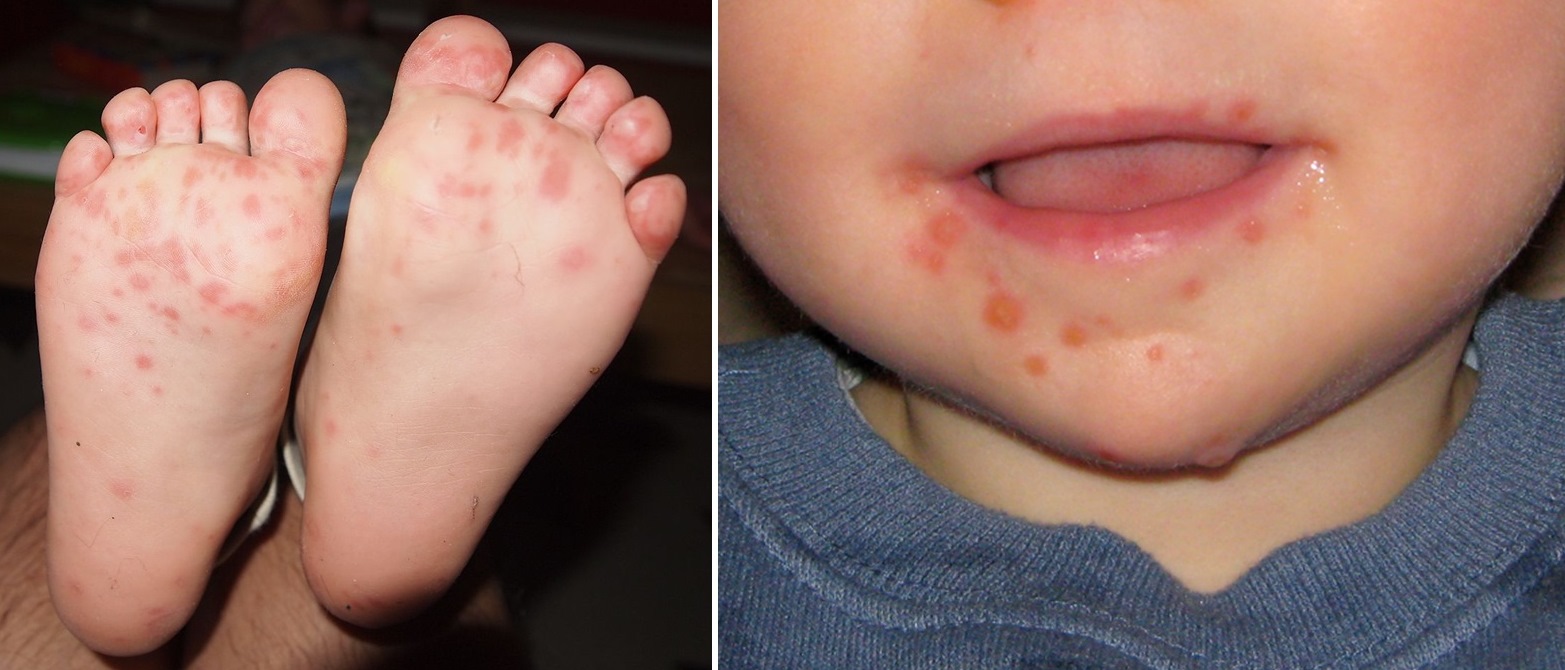Causes and Transmission of Hand, Foot, and Mouth Disease (HFMD): Hand Foot And Mouth Disease
:max_bytes(150000):strip_icc()/GettyImages-14372670171-66c5b5bbfe70418a9a8f8149b0f11bca.jpg)
Hand foot and mouth disease – Hand, foot, and mouth disease (HFMD) is a common infectious disease that primarily affects young children. It is caused by a group of viruses, most commonly the coxsackievirus A16 and enterovirus 71.
Hand, foot, and mouth disease is a common childhood illness that is caused by a virus. The virus is spread through contact with saliva or mucus from an infected person. Symptoms of hand, foot, and mouth disease include fever, sore throat, and a rash on the hands, feet, and mouth.
In some cases, the virus can also cause more serious complications, such as meningitis or encephalitis. George Stephanopoulos is a journalist and television personality who has spoken out about the importance of vaccinating children against hand, foot, and mouth disease.
Stephanopoulos’s own son was diagnosed with the virus in 2014, and he has since become an advocate for vaccination. Thanks to vaccines, the incidence of hand, foot, and mouth disease has declined significantly in recent years.
The virus is spread through contact with an infected person’s saliva, mucus, or feces. It can also be transmitted through contact with contaminated objects or surfaces.
The incubation period for HFMD is typically 3-7 days.
Common Viruses That Cause HFMD
- Coxsackievirus A16
- Enterovirus 71
Transmission of HFMD
- Contact with an infected person’s saliva, mucus, or feces
- Contact with contaminated objects or surfaces
Incubation Period of HFMD
3-7 days
Symptoms and Complications of HFMD
Hand, foot, and mouth disease (HFMD) is a common viral infection that typically affects infants and young children. It is characterized by a distinctive rash on the hands, feet, and mouth. While HFMD is usually a mild illness, it can sometimes lead to serious complications.
Symptoms of HFMD, Hand foot and mouth disease
- Fever
- Sore throat
- Loss of appetite
- Rash on the hands, feet, and mouth
The rash associated with HFMD typically appears as small, red bumps that can develop into blisters. The blisters may be painful and itchy.
Complications of HFMD
In most cases, HFMD is a mild illness that resolves on its own within a few weeks. However, in some cases, HFMD can lead to serious complications, including:
- Meningitis: An inflammation of the membranes that line the brain and spinal cord
- Encephalitis: An inflammation of the brain
Meningitis and encephalitis are rare but potentially life-threatening complications of HFMD. Symptoms of meningitis and encephalitis can include:
- Severe headache
- Neck stiffness
- Vomiting
- Confusion
- Seizures
If you or your child experiences any of these symptoms, it is important to seek medical attention immediately.
Duration of Symptoms and Recovery Process
The symptoms of HFMD typically last for 7-10 days. The rash may take longer to resolve. Most people recover from HFMD without any complications. However, it is important to be aware of the potential complications and to seek medical attention if necessary.
Diagnosis and Treatment of HFMD

Diagnosing hand, foot, and mouth disease (HFMD) involves a combination of physical examination and laboratory tests. The physical examination focuses on identifying the characteristic rash and blisters on the hands, feet, and mouth. Laboratory tests, such as viral culture or polymerase chain reaction (PCR), can confirm the presence of the virus.
Supportive Care Measures
Treatment for HFMD is primarily supportive, aimed at relieving symptoms and preventing complications. Supportive care measures include:
- Rest and fluids to prevent dehydration
- Pain relievers, such as acetaminophen or ibuprofen, to reduce fever and discomfort
- Mouthwashes or gargles to soothe mouth sores
- Soft, bland foods to avoid irritation
Antiviral Medications
In severe cases, antiviral medications may be prescribed to reduce the duration and severity of symptoms. Antiviral medications, such as acyclovir or valacyclovir, are most effective when started early in the course of the illness.
Hand, foot, and mouth disease is a common childhood illness caused by a virus. Symptoms include fever, sore throat, and a rash on the hands, feet, and mouth. The virus is spread through contact with infected saliva or mucus. Treatment is supportive and includes rest, fluids, and pain relievers.
In severe cases, hospitalization may be necessary. According to a recent study, the net worth of Justin Jefferson, a wide receiver for the Minnesota Vikings, is estimated to be justin jefferson net worth. Hand, foot, and mouth disease is a highly contagious illness, so it is important to take precautions to prevent its spread.